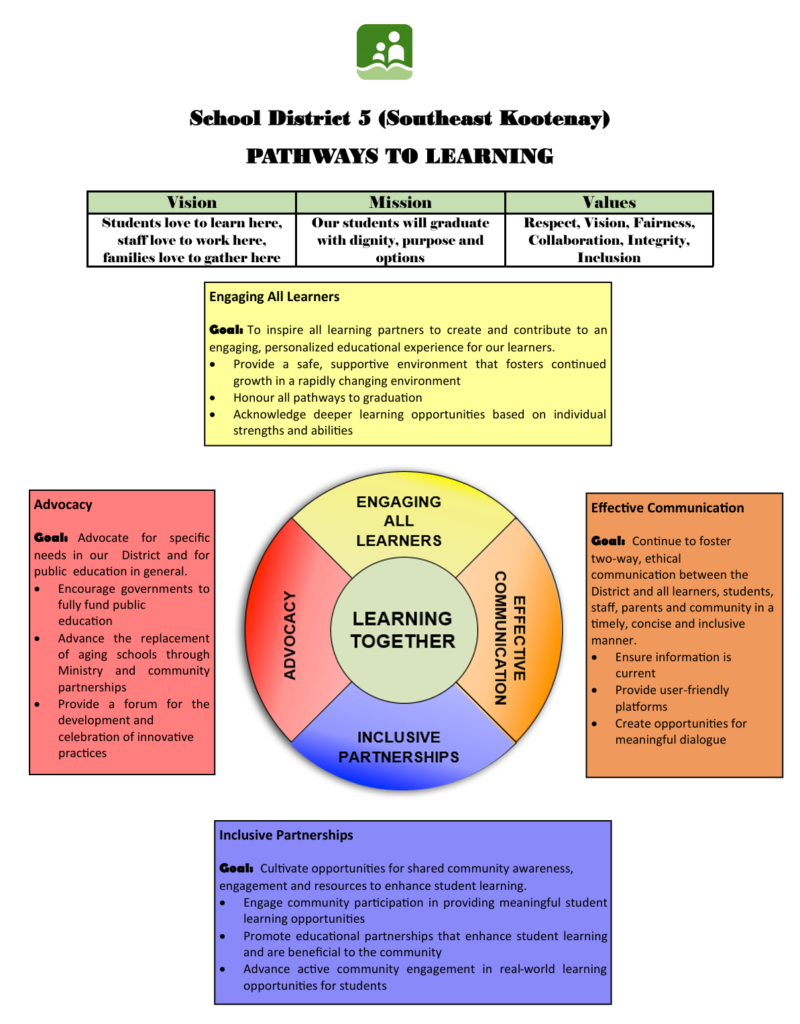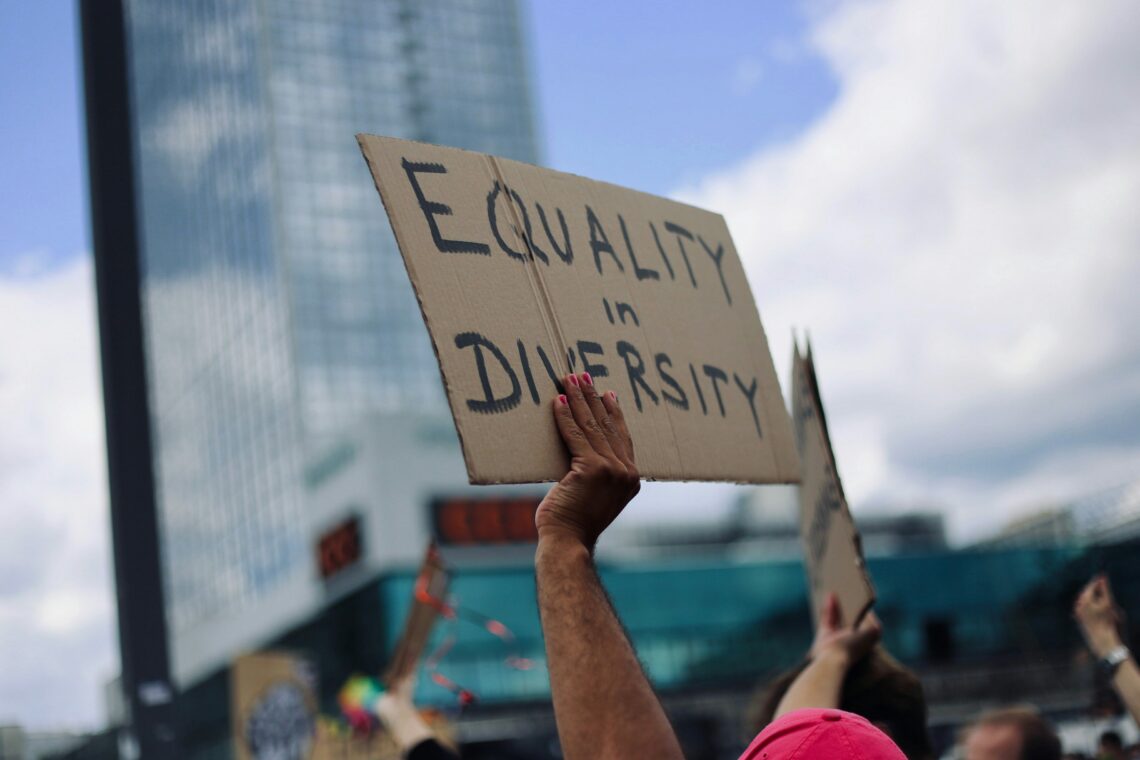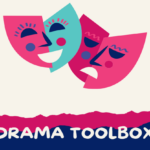Supporting diverse learners and promoting student equity is a critical component of creating an inclusive and effective educational environment. One key strategy to achieve this is through differentiated instruction, which tailors teaching methods and materials to meet the diverse needs, interests, and learning styles of students. By offering flexible assignments, varying difficulty levels, and utilizing teaching aids such as visuals, hands-on activities, or technology, educators can ensure that all students have an opportunity to succeed. Providing opportunities for flexible grouping further promotes peer learning and collaboration, enabling students to support one another and enhancing the learning experience for all.
Incorporating culturally responsive teaching practices is also essential for supporting diverse learners and promoting equity. This approach acknowledges and respects students’ cultural backgrounds, integrating materials, literature, and examples that reflect a variety of cultures and perspectives. By encouraging open dialogue, educators provide students with a platform to share their cultural experiences, fostering an inclusive and empathetic classroom environment. Universal Design for Learning (UDL) enhances student engagement by offering multiple means of representation, engagement, and action. Presenting information in various formats, allowing students to demonstrate their understanding through different means, and offering choices in learning activities help ensure that the needs of all students are met and that they remain motivated and engaged in their learning.
Equitable access to support services is another critical component in promoting student equity. For students with disabilities or those who require language support, access to learning services ensures that they have the resources needed to succeed. Equally important is the creation of a safe and supportive classroom environment where all students feel valued and respected, particularly those from marginalized communities. Promoting high expectations for all students, coupled with a growth mindset, encourages resilience and allows students to view challenges as opportunities for growth and learning. This helps all students develop the belief that their abilities can improve with effort and perseverance.

Ensuring equitable access to learning opportunities, resources, and extracurricular activities is essential for leveling the playing field. It’s about creating environments where educators provide more than equitable support; it’s about providing all students with equal access to technology, materials, and enrichment activities to help eliminate the barriers that may otherwise hinder their success. By creating an equal playing field, educators foster a more equitable environment where all students, regardless of socio-economic status, background, or diverse needs, have the chance to thrive.

Many of our classes over the past two years have highlighted the standard representation of reality, equality, and equity. Occasionally, as shown in the image above “justice” is introduced, sometimes with a chain-link fence or none at all. The image demonstrates that when barriers are removed, students can access the “baseball game,” which, in the educational context, represents access to learning, without the need for additional supports or accommodations. As educators, it is essential to focus on the big picture. A less commonly seen image, however, illustrates the differences between inequality, equality, equity, and justice, emphasizing that adjustments are needed to create a truly fair and supportive environment for all students. This image reinforces the notion that achieving equity in education involves making thoughtful and intentional adjustments to ensure every student has the tools they need to succeed, fostering an inclusive and just learning experience for all.

Shelley Moore offers valuable insights into inclusive education through her numerous videos, blog posts, and her book, One Without the Other. Back in 2016, shortly after the publication of her first book, I had the honor of attending a lecture Shelley was giving to school trustees. At the time, becoming a teacher seemed like a long-lost dream. But after sitting in on that conference, I realized there was more to me and more that I could contribute to education. That moment marked the beginning of turning that dream into reality. I was inspired not only by Shelley’s words but also by the incredible potential of our most diverse learners. I didn’t want to see any student forgotten because all students, regardless of their challenges, have the ability to reach their highest levels of achievement. Sometimes, they just need adjustments in place or support to unlock their potential. This experience reinforced my belief that educators have the power to meet the needs of all their students through differentiated instruction. In her most recent video, Shelly highlights that people are not supports. We can be supportive, but we should not be deemed as students only support or accommodation, there needs to be a plan in place.
An illustrative example of differentiated instruction is Shelley Moore’s “Baked Potato” lesson, which effectively demonstrates how educational experiences can be tailored to individual needs. Rather than using a one-size-fits-all approach, Moore’s lesson allows students to engage in the learning process according to their strengths and preferences. Just as one might provide the basic ingredients for a baked potato but allow students to personalize it with toppings, this lesson offers a range of tasks that cater to different abilities. For instance, some students may focus on sensory elements, such as describing the textures and flavors of toppings, while others may engage in more complex tasks, such as calculating cooking times or researching the nutritional value of different toppings. This variation in tasks allows each student to contribute meaningfully and ensures that the lesson is inclusive.
Beyond differentiated instruction, strategies such as culturally responsive teaching and UDL further enhance equity in the classroom. Culturally responsive teaching not only respects students’ diverse backgrounds but also fosters empathy and understanding by incorporating a variety of cultural perspectives into the curriculum. This helps create a classroom environment where students feel valued and understood. UDL ensures that all students have equal opportunities to access content and demonstrate their learning. By offering various means of representation (text, visuals, audio), action and expression (projects, presentations), and engagement (choice-based activities), UDL supports a student-centered approach to learning that accommodates a wide range of learner needs.
Supporting diverse learners and promoting student equity require intentional and thoughtful strategies such as differentiated instruction, culturally responsive teaching, and Universal Design for Learning. By tailoring teaching methods and providing flexible options, educators create an inclusive environment that accommodates the diverse needs and strengths of all students. These strategies ensure that every child has the opportunity to succeed and thrive in a supportive, equitable learning environment.
Literacy and children’s book are a great way to get conversations started and support diversity in the classroom. Included by Jayneen Sanders is a story about a group of diverse children encouraging students to learn the importance of including everyone and celebrating what makes them unique. This book teaches valuable lessons about empathy, understanding, and the joy of embracing differences. I like how it creates natural pauses and conversations to have with students.
As a future educator, I am deeply committed to embracing the principles of differentiated instruction, culturally responsive teaching, and Universal Design for Learning (UDL) to create a classroom where every student feels valued and supported. My own experiences and inspiration from educators like Shelley Moore have reinforced the importance of meeting the diverse needs of learners, regardless of their backgrounds or abilities. I believe in the power of education to transform lives, and it is my mission to ensure that all students, especially those who may face barriers, have the tools and opportunities to reach their full potential.
In my classroom, I plan to implement differentiated instruction by offering a variety of learning activities that cater to different learning styles, interests, and abilities. I will strive to create flexible learning environments where students can choose tasks that align with their strengths, whether that be through hands-on activities, visual aids, or collaborative group work. I will encourage open communication and foster a culture of respect, where each student feels comfortable sharing their thoughts and experiences. By incorporating culturally responsive teaching practices, I hope to create a space where students’ diverse cultural backgrounds are acknowledged and celebrated, promoting a sense of belonging and inclusion. With the inclusion of these ideologies into my practices, I will be aligning with teacher competency number six, Practise respect for all learners from all cultures, including, specifically, Indigenous learners. This starts by acknowledging that diversity can include culture, race, ethnicity, religion, ability, sexual orientation, gender identity, disability, socio-economic status, life experience and language. As I step into my role as an educator I will celebrate the diversity within my classroom, developing our own unique community. As a result I will begin to transition from UVIC Competencies towards meeting and living by British Columbia Teacher Council (BCTC) BC Professional Standards for teachers.
Start by recognizing that diversity can include but is not limited to culture, race, ethnicity, religion, ability, sexual orientation, gender identity, disability, socio-economic status, life experience and language. In order to ensure your classroom celebrates its diversity, develops its own sense of community, and is inclusive, there are many things that you incorporate into your practice during field experiences.
BC Professional Standards, Number Five

As a future educator, I am also aware of the critical role that learning services play in promoting student equity. I plan to be proactive in collaborating with learning service teachers, and other support staff to ensure that all students, regardless of their needs, have access to the resources and accommodations they require. I will aim to create a safe, welcoming, and supportive classroom environment where every student can feel respected, valued, and empowered to take risks and engage in learning. My goal is to be the kind of educator who not only provides academic instruction but also nurtures the emotional and social growth of my students. I am committed to helping each student reach their fullest potential and play a part in preparing them for a future of success and opportunity.







judi61
March 5, 2025 — 4:45 pm
Melissa, A beautiful, thoughtful and nicely curated blog. Meeting Shelley Moore in real life certainly resonates with me as well. She and her messages are hard to forget. What teacher competencies would you weave into this blog? What connections are you making with one or a few?
Judi
judi61
March 10, 2025 — 4:47 pm
Melissa,
Thank you for weaving the teacher competency thread into your post! It finished the tapestry!
Judi